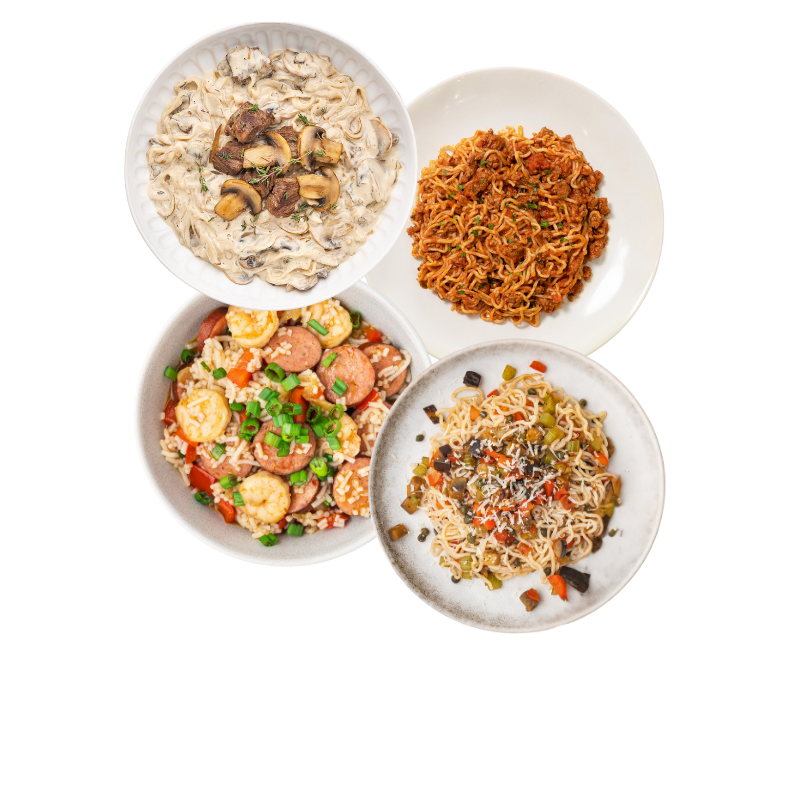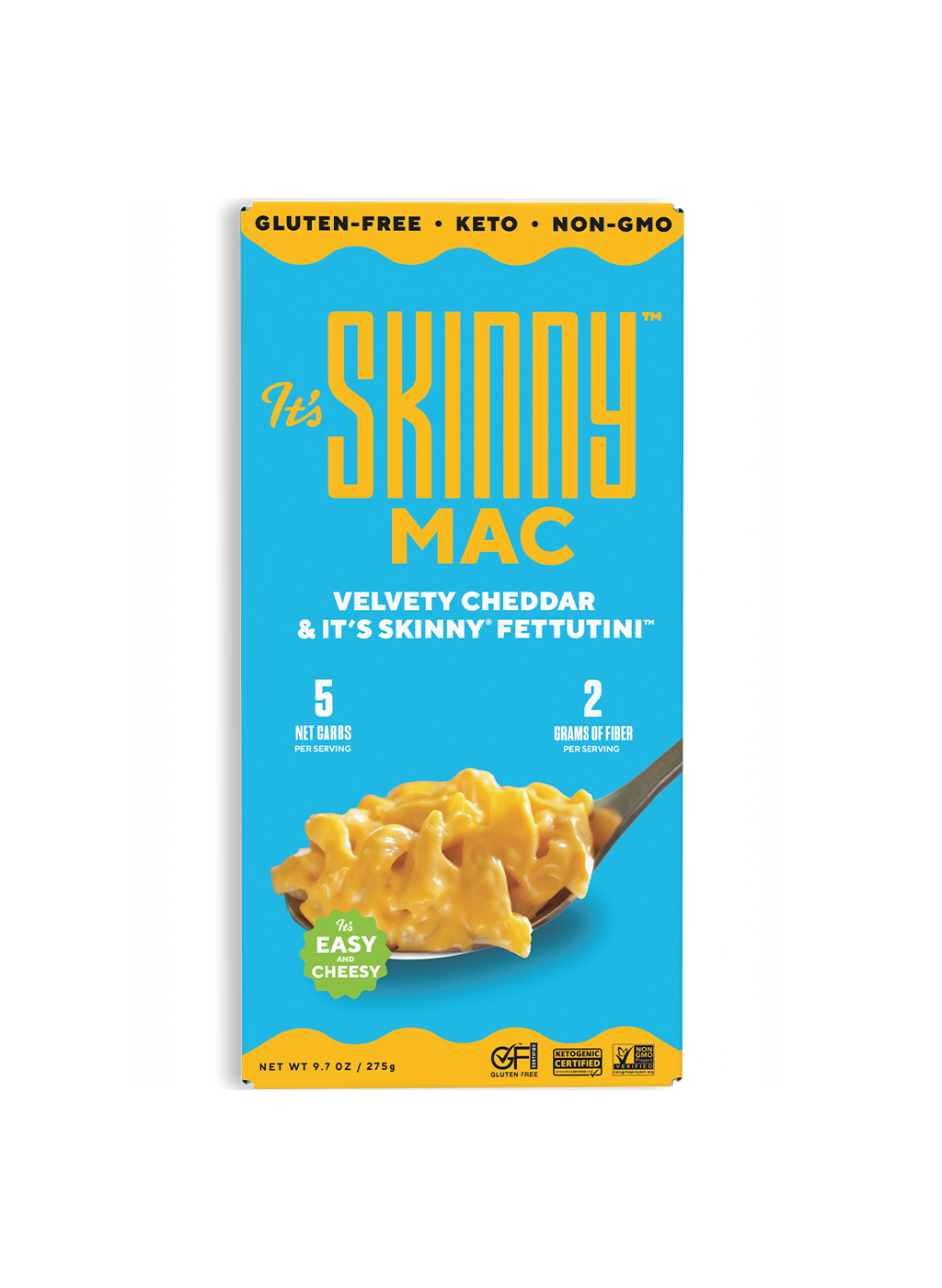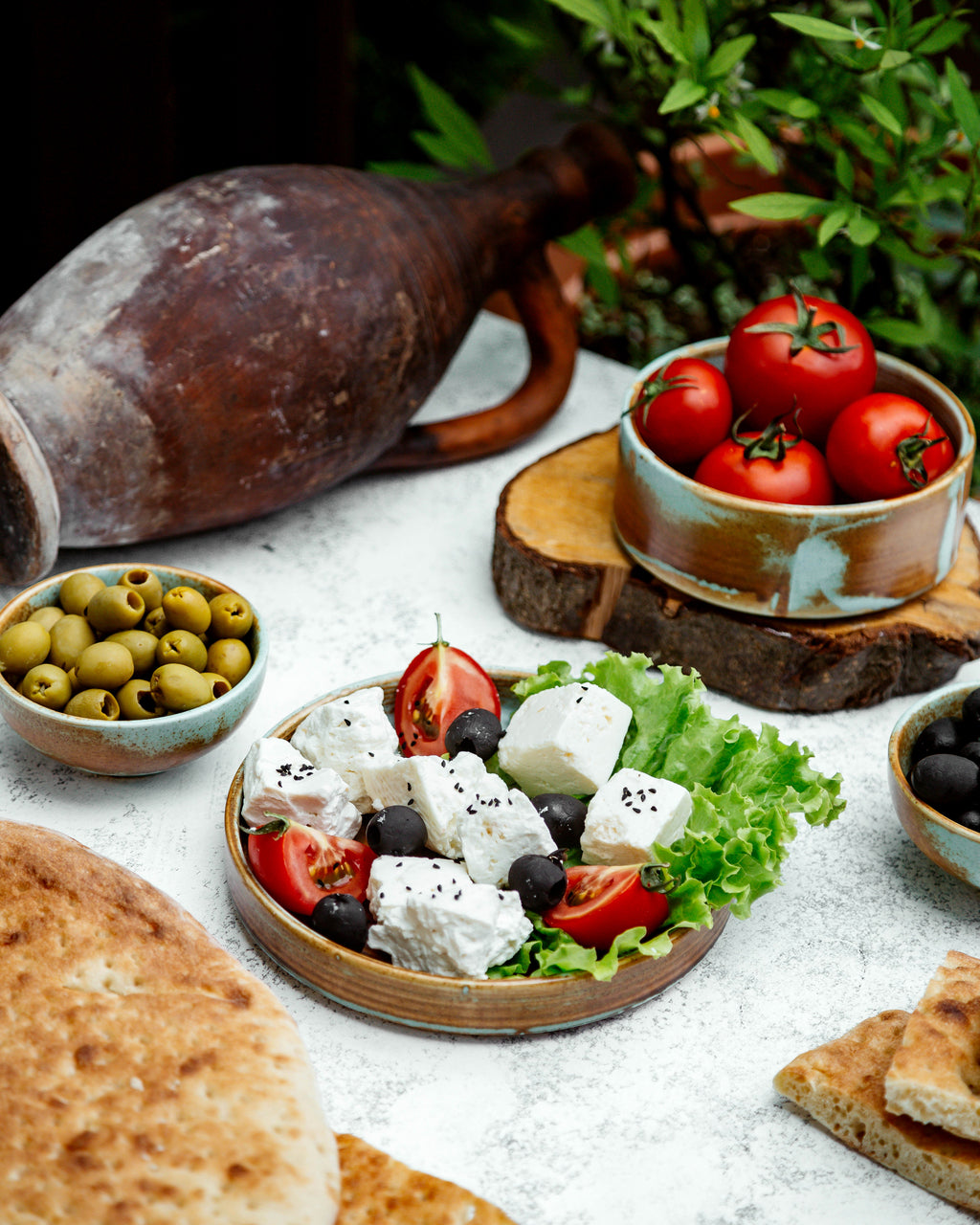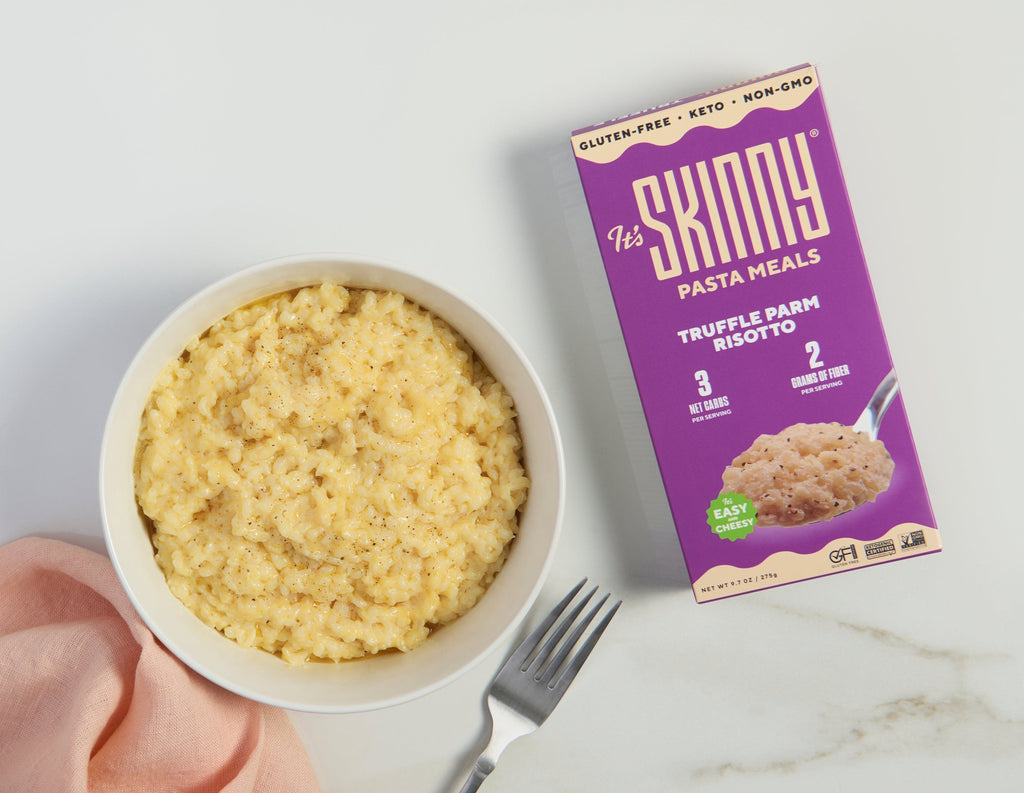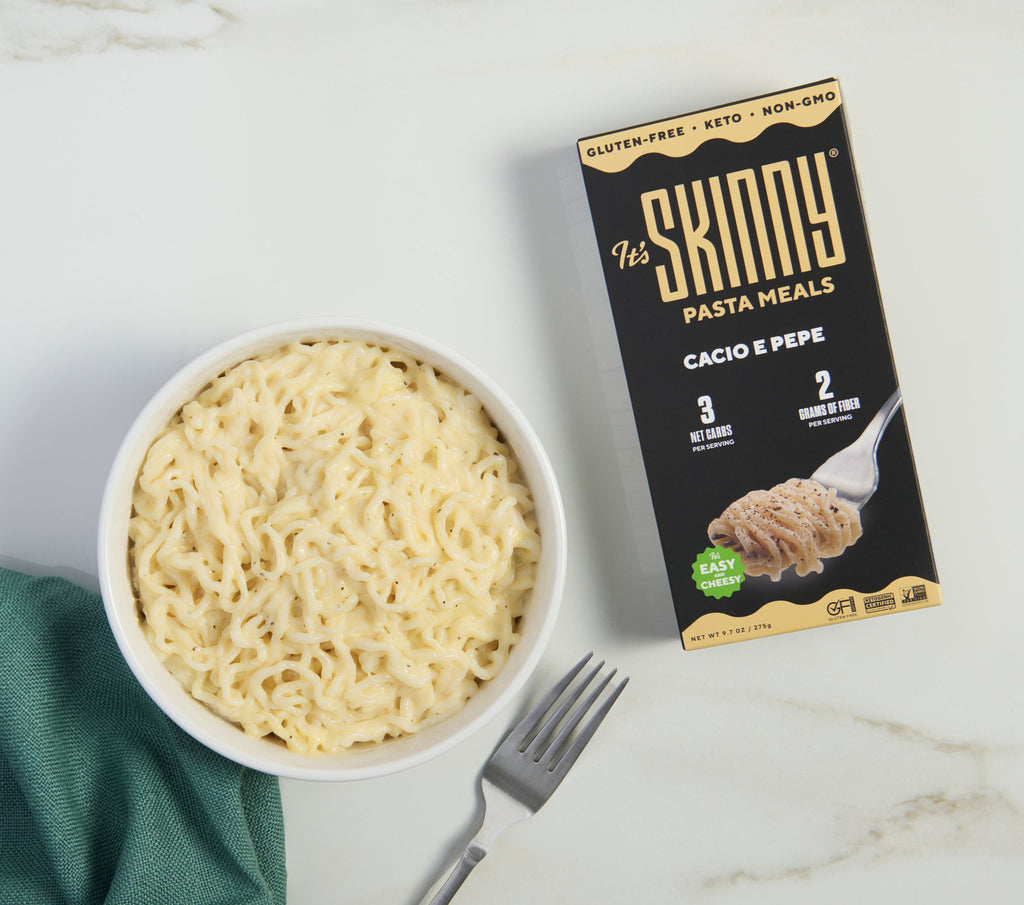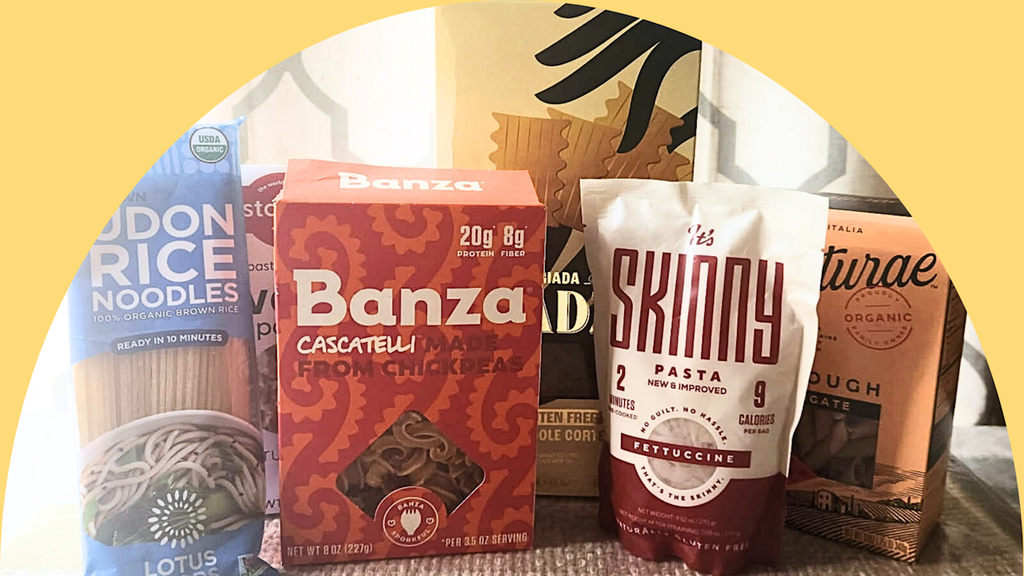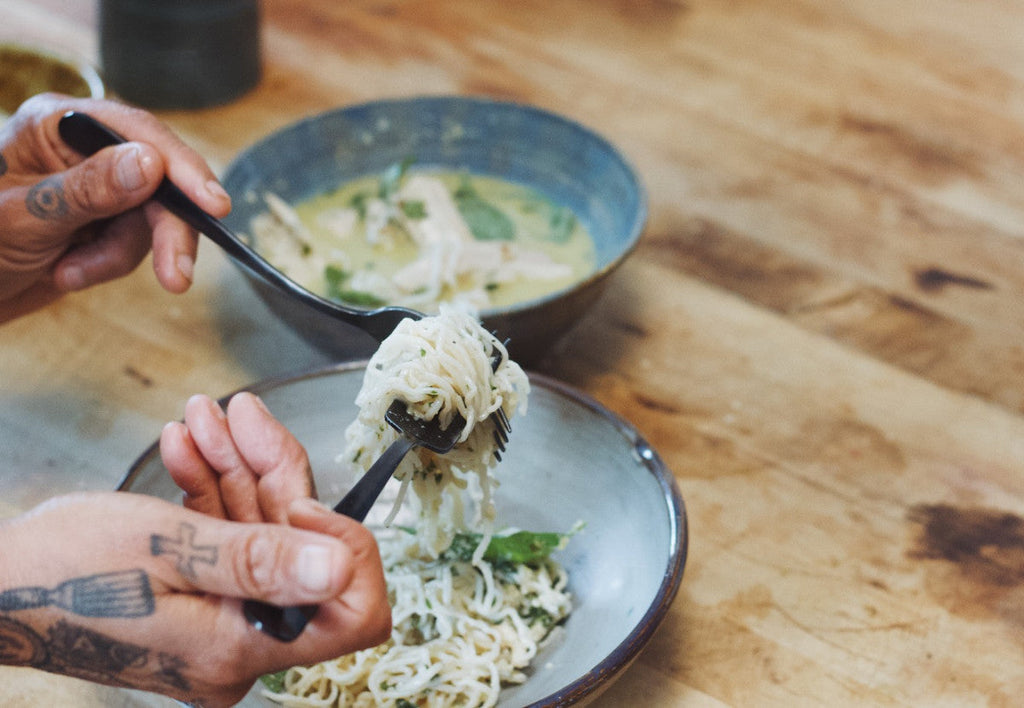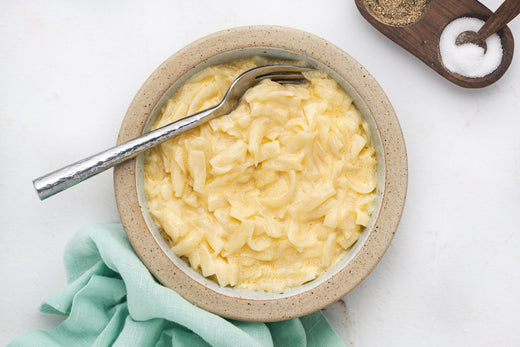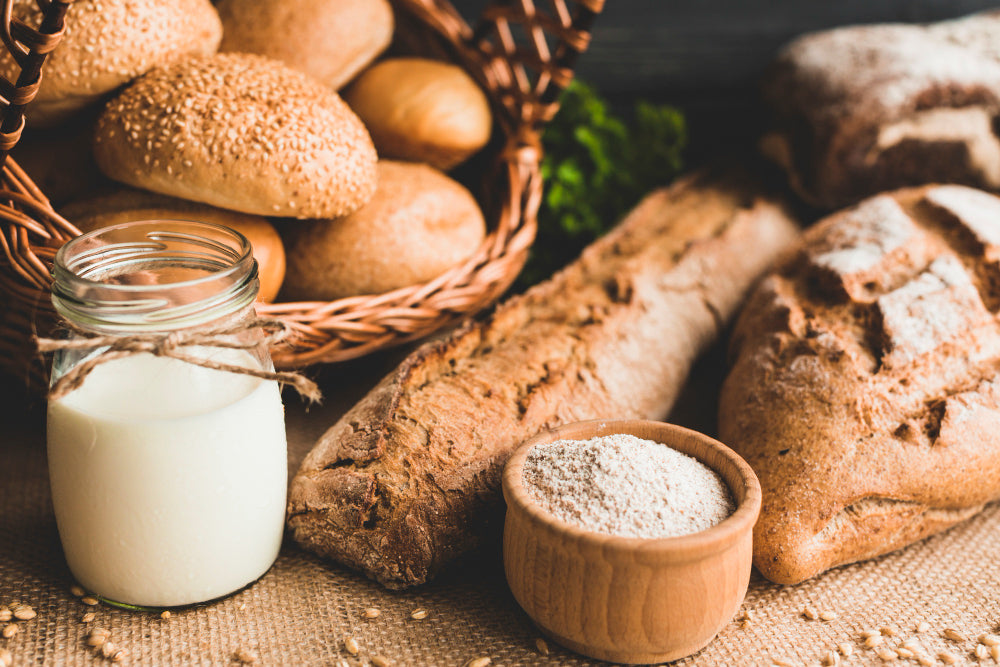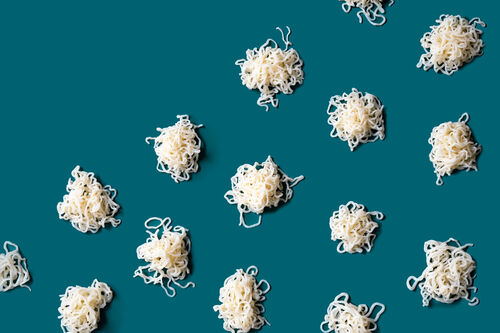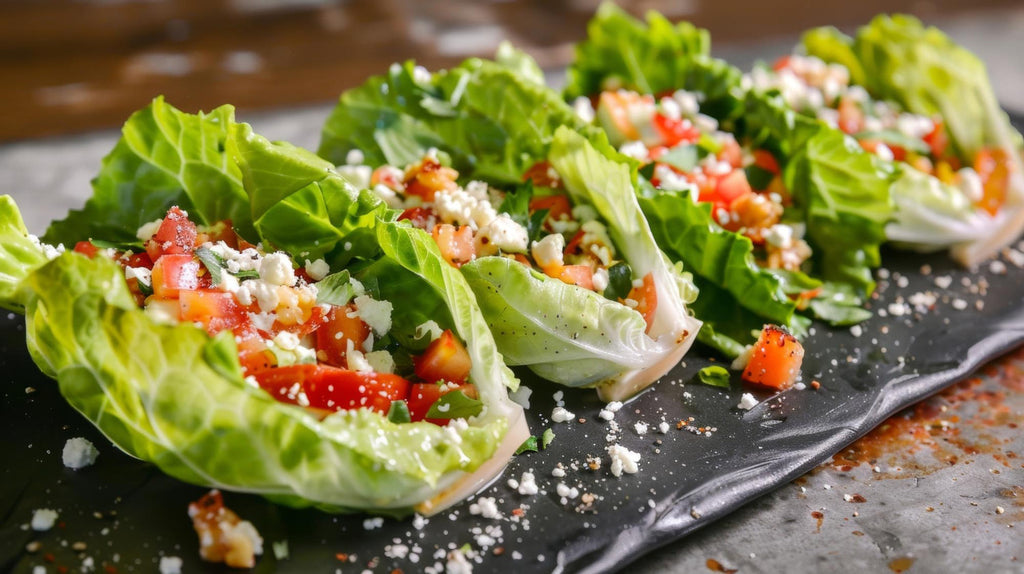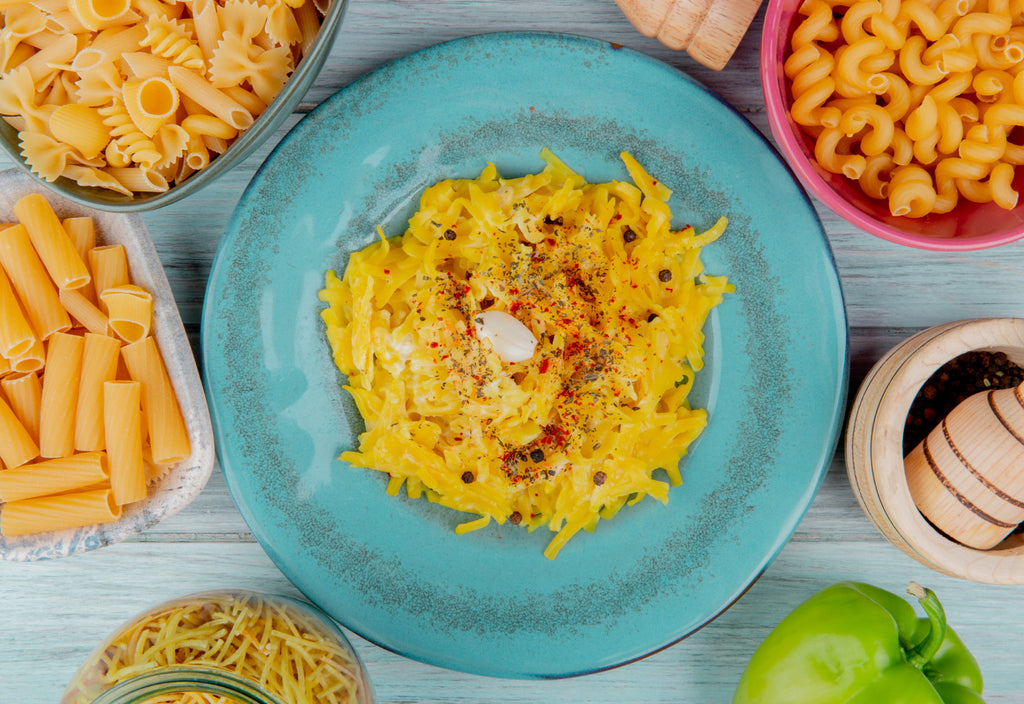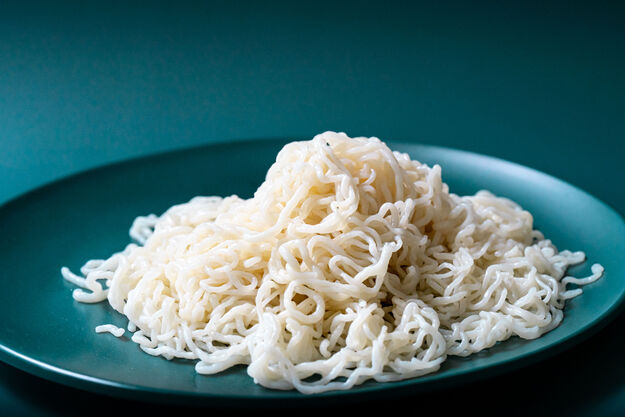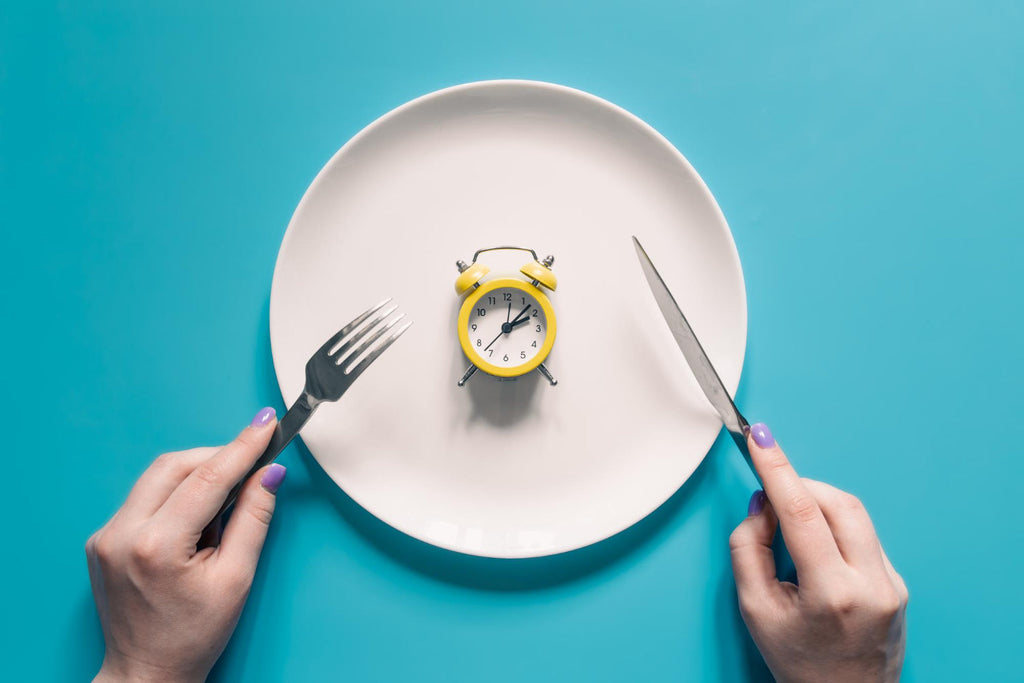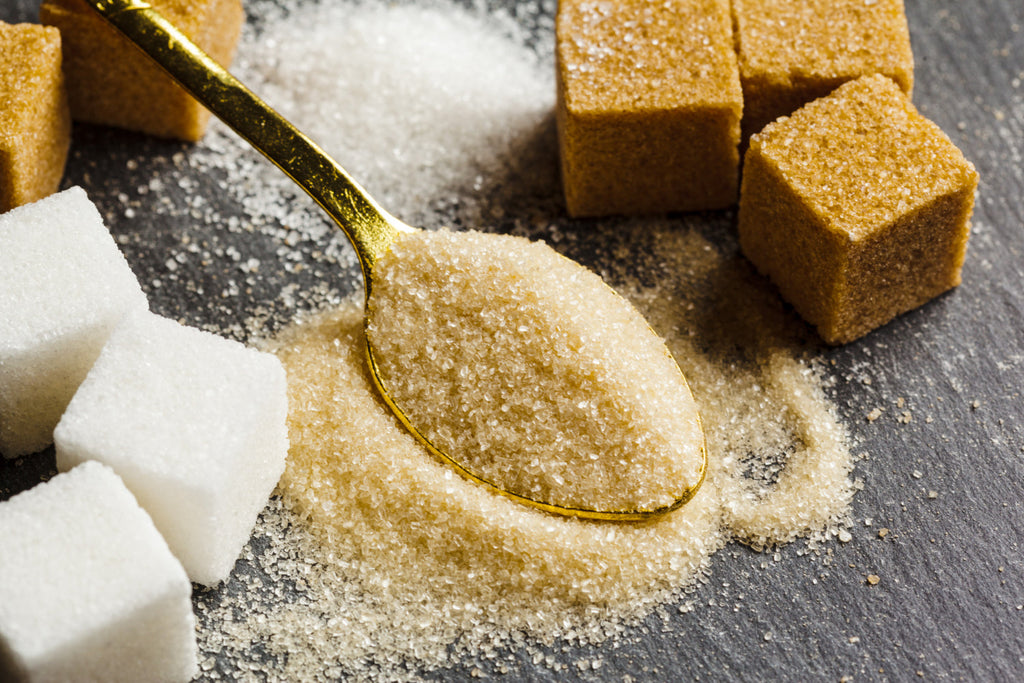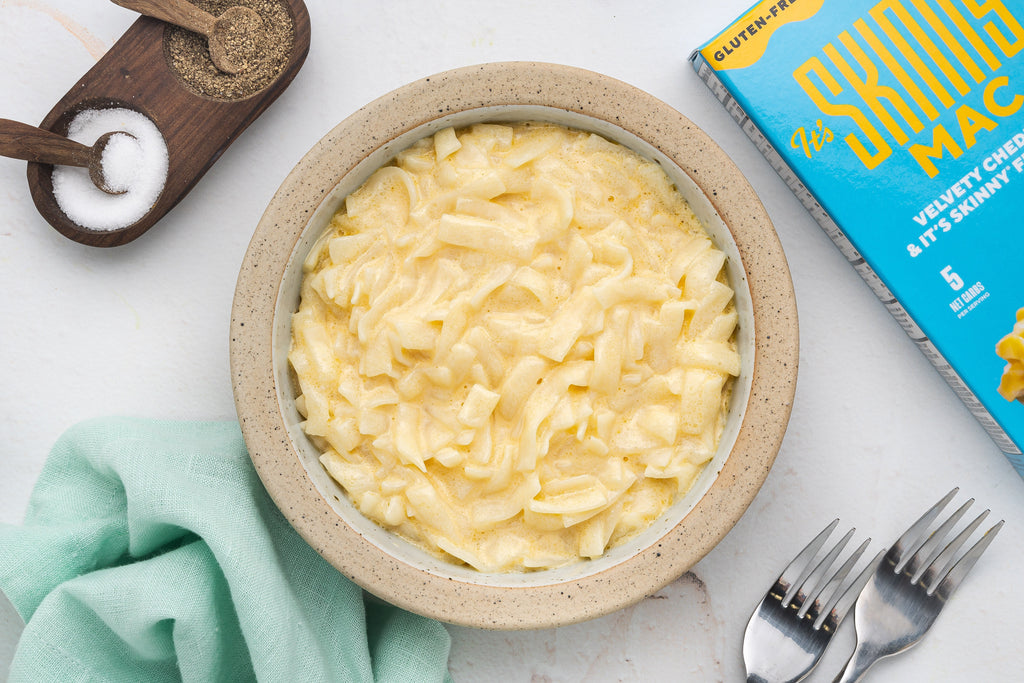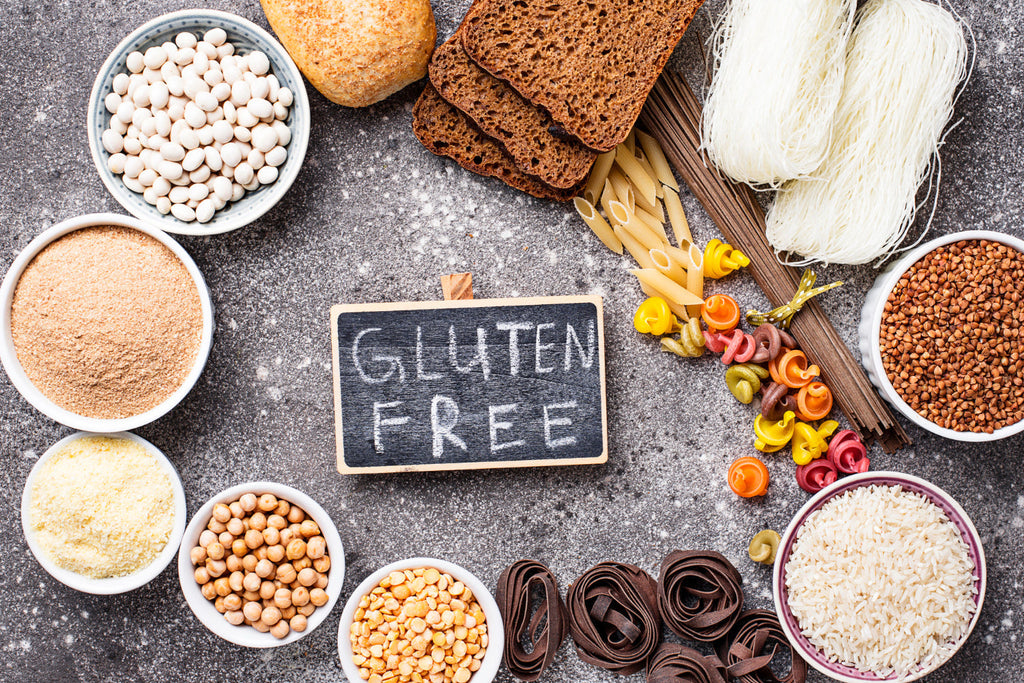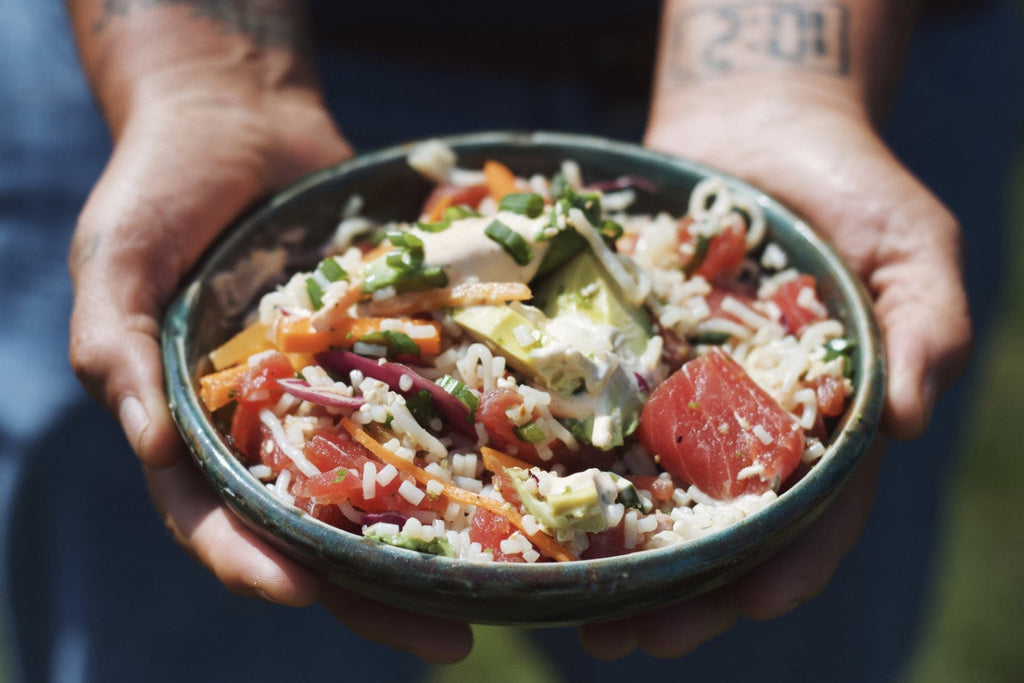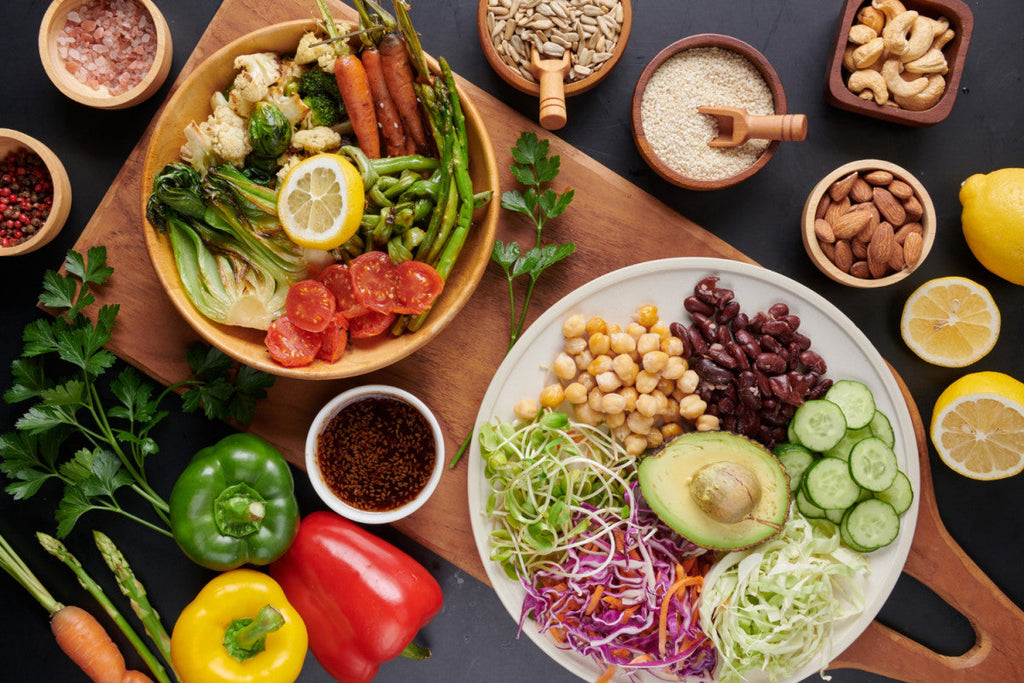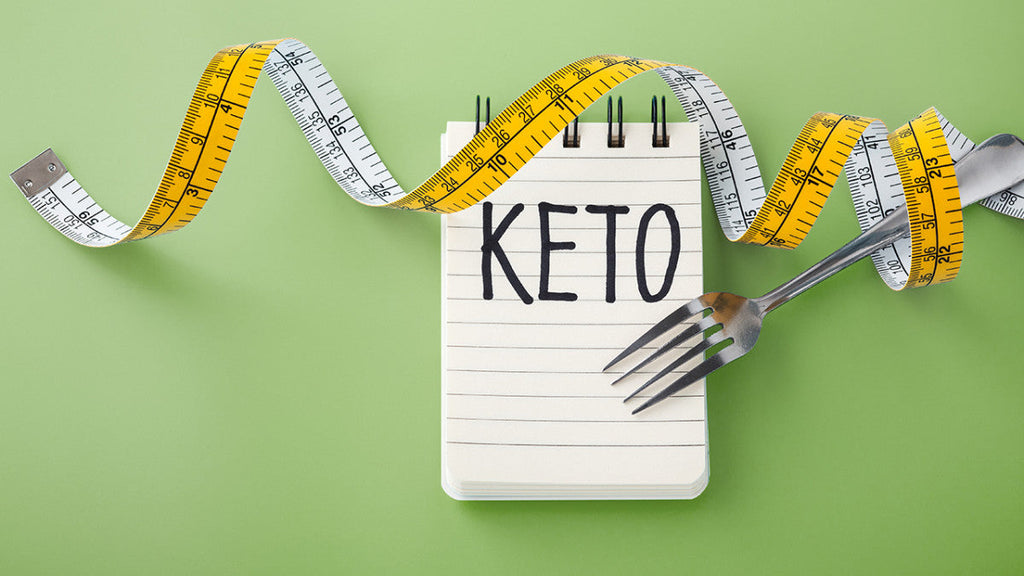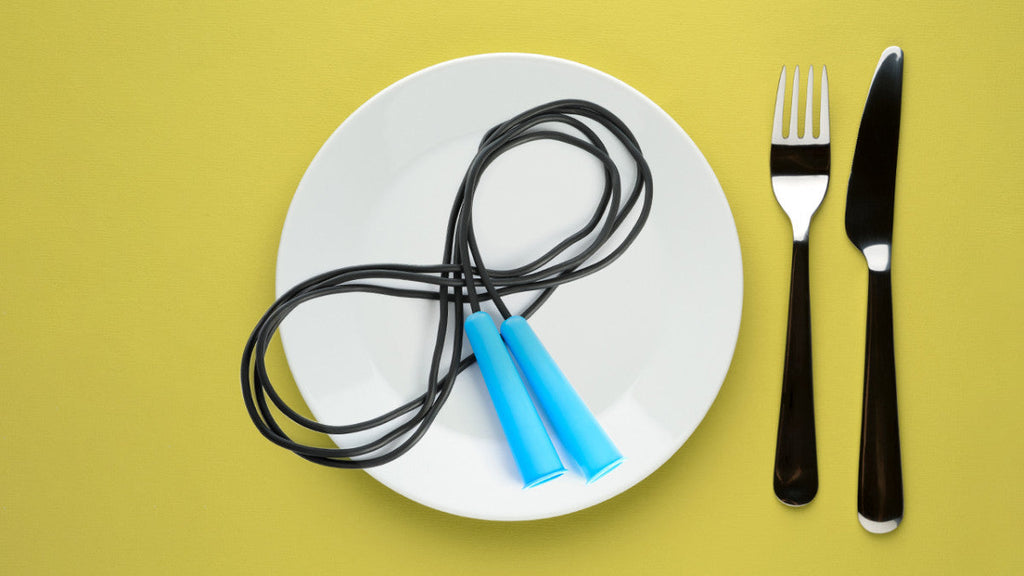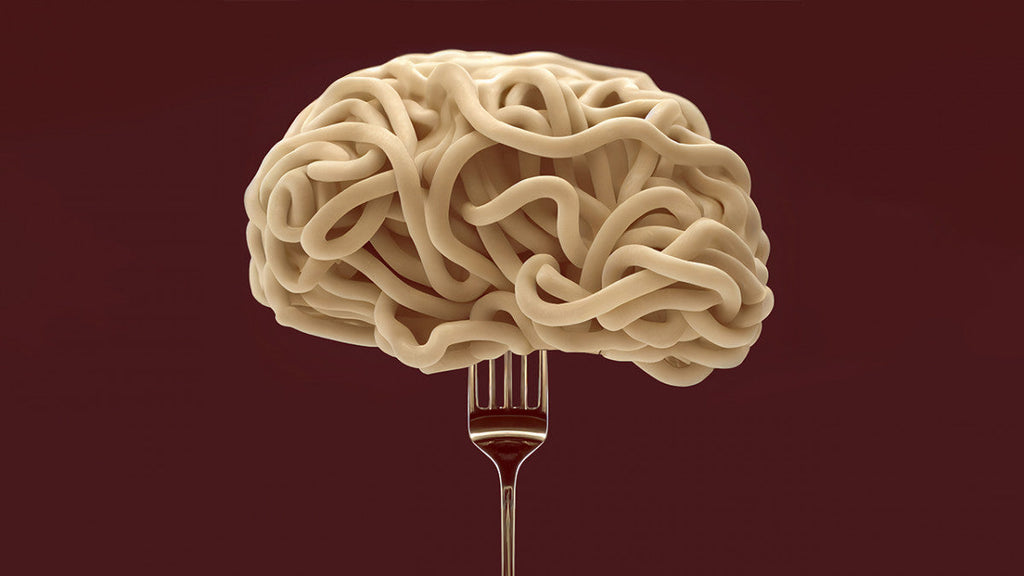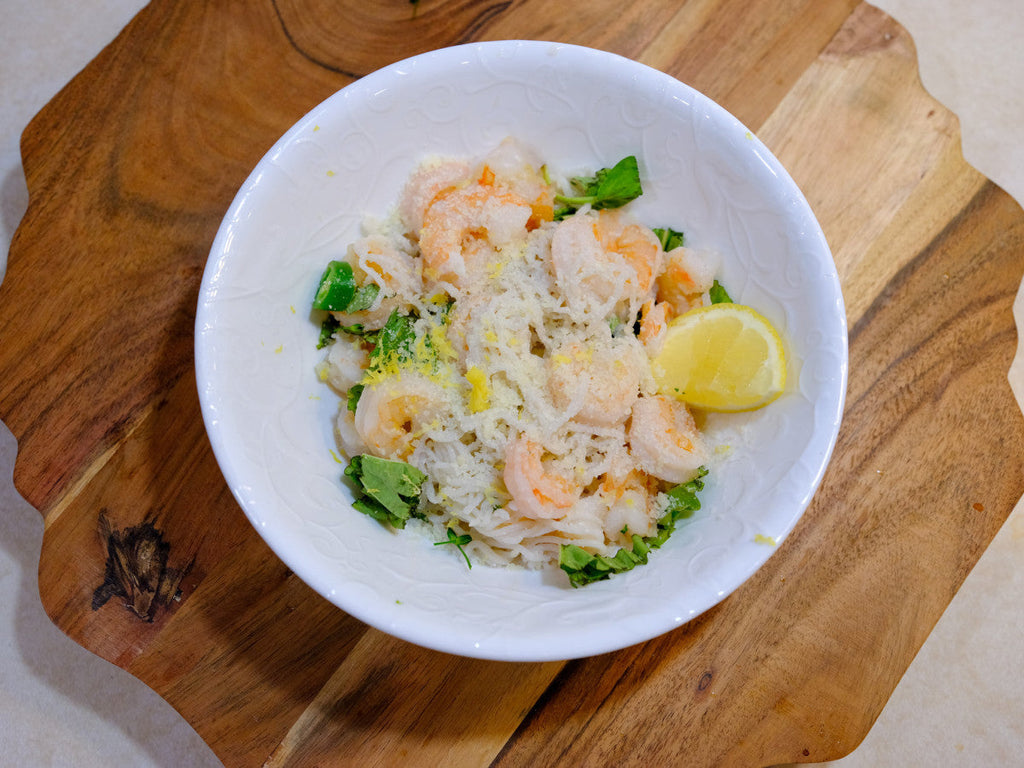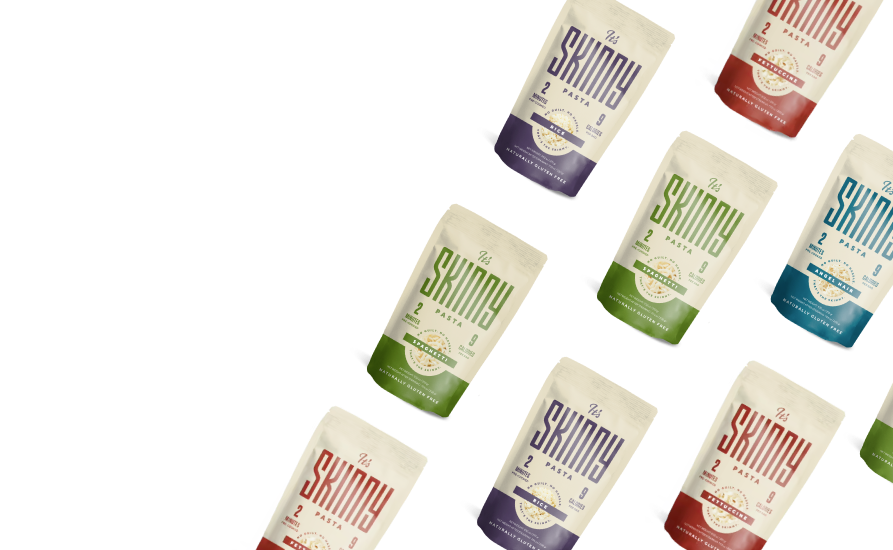Keto Versus Paleo: Which Meal Plan is Right for You?
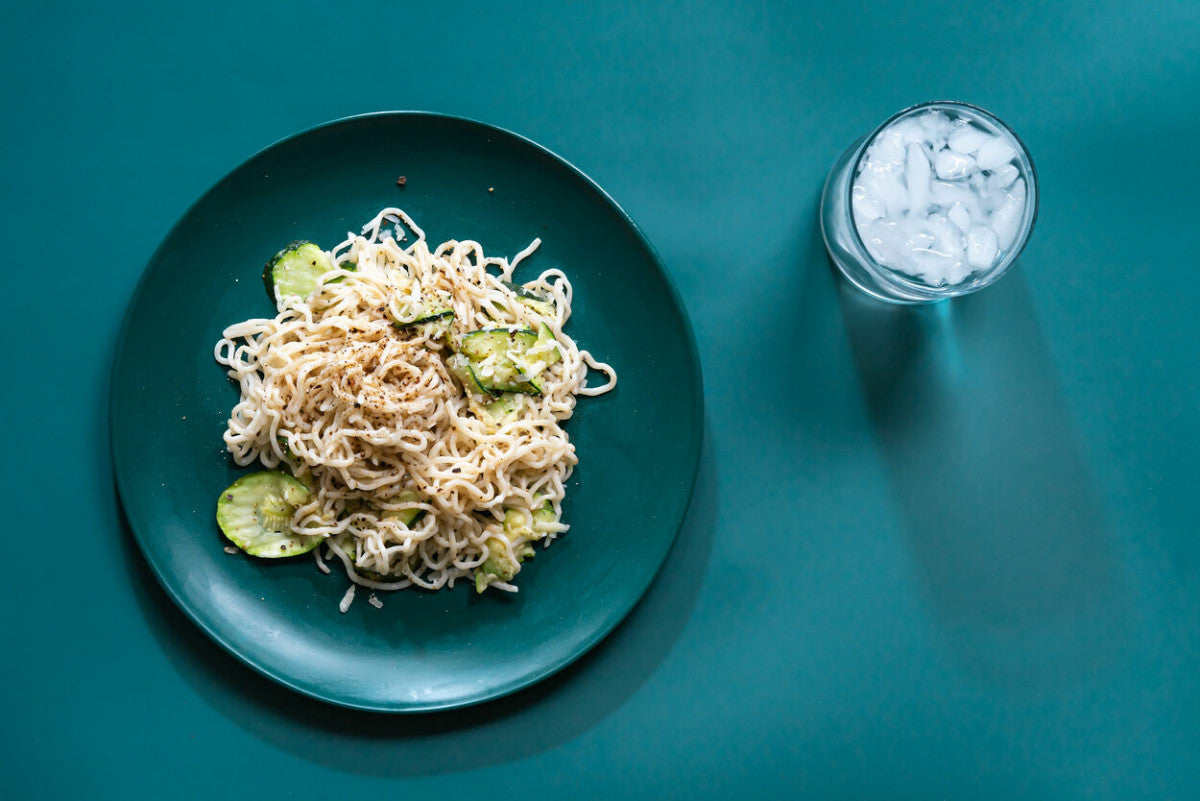
So you want to tone up and slim down, but you aren’t sure which meal plan is the best for you? Keto versus paleo, low carb versus keto, keto versus Atkins…which is best?
The idea that cutting carbs can help you drop weight has been popular for quite a while. By choosing protein over carbs, you're likely to feel fuller longer, have higher energy, and help your body build muscle (all helpful if you're getting ready for swimsuit season).
But is there one meal plan that works better than the rest? In the contest of keto versus paleo, which plan is the winner?
Do Low-Carb Diets Work?
Before we break down all the details of keto versus paleo, it’s helpful to learn a little about low-carb diets. Do low-carb diets really work? Moreover, are they realistic?
One reason most diets "work" to some degree is that following ANY meal plan works, at least at first. Most of us gain weight because we lose track of what we're eating. We start enjoying larger and larger portions, choosing processed, sugary foods, and filling up on starches. Suddenly our pants feel tighter, and we catch our reflection in a mirror and think, "uh oh, time to cut back!"
But of course, no one enjoys giving up delicious foods that they enjoy. We all wish we could have pizza, cake, and of course, PASTA and still lose weight (spoiler alert: it IS possible—read on)! When we need to slim down, we deprive ourselves of certain foods, cut back portions, and look for the best diet to lose weight.
When you start on a diet, you become more conscious of what you're eating. That's why at first, almost any diet will help you lose a little weight. It's shifting from unconscious eating to planning mindful meals and tracking foods. Choosing a meal plan that will help you continue to lose weight in the future is a little trickier.
If you're comparing keto versus paleo versus Atkins, you'll probably find the pros and cons of each meal plan. So it's important to get familiar with them all to decide which one is the most realistic for you to follow. Because at the end of the day, the best diet to lose weight is the diet you'll stick to for longer than a week or two.
Here’s a little breakdown of each low-carb diet option and why they might work for you.
Low-Carb Diets
Low-carb diets are effective because when you cut carbs, you cut calories. Moreover, the carbs that you cut out of your diet are often replaced by more filling foods—lean protein and vegetables and fiber-rich foods. The term low-carb can mean many different eating plans, including Atkins, keto, paleo, and some whole food approaches.
When eating low-carb, most people aim to keep carbs at less than 45% of their caloric intake. For specific low-carb diet plans, like Atkins, for example, the carb intake may be significantly lower than that. It's important to remember that vegetables and fruits contain carbs in some form, as do most dairy products. Even if you restrict your diet to meat and leafy greens, it is unlikely and unhealthy to cut out all carbohydrates completely.
For the optimal chance at success, you’ll want to aim for a low-carb diet that you can stick to without feeling completely deprived. No one wants to follow a meal plan that doesn’t include some kind of comfort food like pasta and rice (but don’t worry—we have a solution that will help you get all the comfort without the carbs).
It's also important to recognize that you'll need to look at labels and nutrition information when you curb your carbs. It may surprise you to discover that some vegetables like corn and potatoes, for example, are very high in carbohydrates. Starchy foods like rice, bread, pasta, and cereal are high in carbohydrates, as are processed foods like cookies, cakes, and pre-packaged frozen meals. Sauces and dressings may also contain high carbohydrates, so read everything and look for foods that feature fewer carbs.
So how do you know what to eat? Following a guideline like keto or paleo can help you learn which foods contain the correct ratio of carbs. While there aren't any "bad foods," some foods can quickly derail your diet and cause you to pack on extra weight. Keto, paleo, and other low-carb diets can help provide the parameters to stay on track.
Keto versus paleo—which diet is right for you? Here’s the breakdown to see which option seems to fit your lifestyle.
Following the Paleo Diet
Paleo got its name from the word paleolithic diet—as in how our early ancestors ate. If you think about early humans, they were hunter-gatherers who lived off the land. Most of them ate high-protein diets that included grass-fed grazing animals. They also ate berries, leaves, and root vegetables that grew naturally (as it was before farming agriculture became the norm).
The modern diet includes a lot of carb-heavy processed foods that may contribute to our incidence of illnesses like heart disease, diabetes, and even cancer. Those who follow the paleo diet often report feeling more energized, healthy, and aligned to the way humans are "supposed" to eat. The paleo diet focuses on whole, natural foods that are in a less processed and less refined form, which are bound to make you feel healthier.
So what do you eat on paleo? The guidelines are to consume foods that you can find growing naturally, like non-starchy vegetables, nuts, seeds, and fruits that grow in the wild (like berries). The diet is protein-rich and includes seafood, grass-fed meat, and cage-free eggs. Always choose foods that are as close to the natural source as possible. Oils on paleo include coconut, olive, and avocado. Squash, leafy greens, some root vegetables, and sweet potatoes are allowed but aim for minimally processed whenever possible.
All About Keto
When deciding on paleo versus keto, it's important to realize that keto can be a little more challenging than paleo (depending, of course, on which foods you enjoy). Keto requires restricting carbohydrates in your diet to get your body into a state of ketosis, hence the name.
Our bodies use sugar, or glucose, for energy. Glucose comes from carbohydrates, but the body begins to source energy from breaking down fat when we restrict carbohydrates. This change in our metabolism is called ketosis, but it can be challenging to reach without paying very close attention to your diet.
You restrict carbs to around 10% of your calories in the keto diet. The rest of the diet is made up of proteins and fats. It's important to note that too much protein can interfere with the ketosis process, so the Keto diet requires a precise balance.
The diet was created to help people with epilepsy. Scientists noticed that patients had fewer seizures by reducing carbs and coincidentally lost weight. The keto diet also increases energy and is said to boost mood. Many people report that they feel healthier than ever before when they start following keto.
So what foods are allowed on keto? Keto staples include eggs, full-fat dairy like cream, butter, and cheese, oils, fattier meats and fish, and avocado. Some low-carb vegetables are allowed on keto, as are nuts, seeds, and some berries. There are also special keto-friendly foods that you can find at the store. Unlike paleo, where only minimally processed foods are allowed, you can enjoy these special keto snacks and still stay on target.
Keto Versus Paleo: Does Either Diet Allow Pasta?
No matter which low-carb diet you choose in the battle of keto versus paleo, one thing is for sure—you will be a lot more successful if you don’t have to give up all the foods you love. Yeah, we’re talking about pasta and rice!
But how is it possible to enjoy these carby foods without messing up your low-carb diet? Let's introduce you to It's Skinny—the ZERO carb, nine-calorie pasta that can make all your comfort-food dreams come true while you still lose weight.
It’s Skinny is made from a root vegetable called konjac. Konjac is a funny-shaped, humble plant that happens to be a perfect swap for traditional pasta dishes. Konjac is high in fiber and very low in calories. It’s been used in Asian countries for years as both food and medicine.
Shirataki pasta made from konjac is a delicious way to create pasta-based dishes without the heaviness of traditional pasta. Unlike zoodles (zucchini noodles) and other pasta swaps, It’s Skinny pasta won’t overpower your dish or get soggy and watered down.
Konjac is easy to work with—open the package, drain, and add it to your other ingredients at the end of cooking to heat through. That's all there is to it! There is no boiling, salting, and waiting for the noodles to get al dente. Instead, it's ready to go in minutes, making it a perfect weeknight meal.
It’s Skinny takes on the other flavors of the dish. It’s perfect for your favorite pesto chicken pasta, ideal for drunken noodles, and even a great stand-in for rice. Yes, there’s an It’s Skinny rice as well, so you can still enjoy fried rice, naked burrito bowls, and other favorites even when you’re going low-carb.
You can find It’s Skinny pasta online in a convenient six-pack. Order today to make your low-carb pasta dreams come true.
If you’ve decided to give a low-carb diet like keto or paleo a shot, you’ll find more success if you don’t deprive yourself of your favorite meals. With It’s Skinny, you don’t have to!






